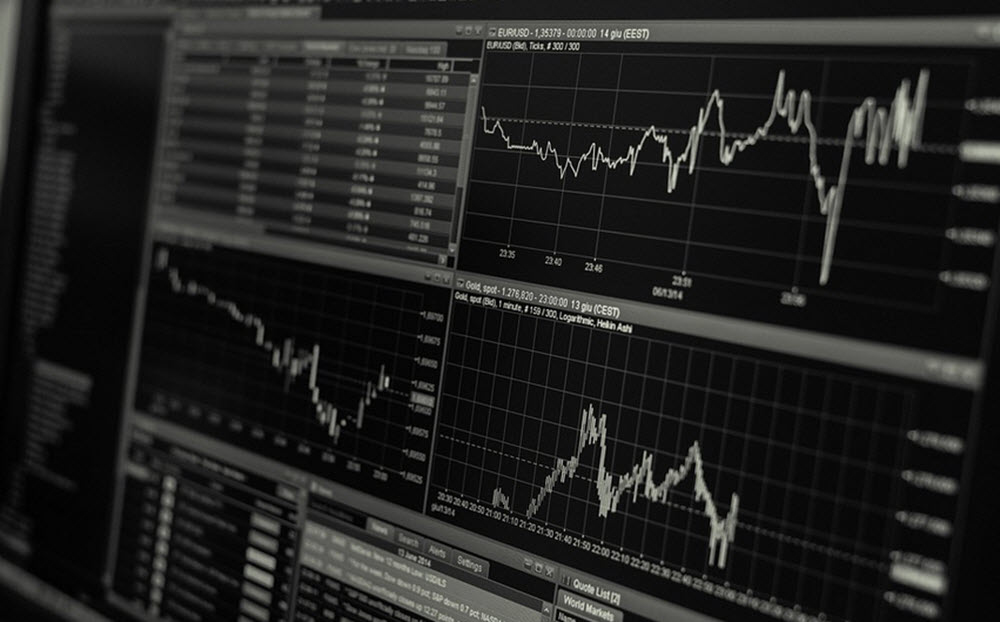Whether you’re new to the world of stock trading or are an experienced investor looking to expand your financial portfolio, understanding intraday trading can elevate your trading strategies. This guide will walk you through the basics of intraday trading, how it works, and some considerations to keep in mind.
Defining Intraday Trading




Intraday trading, also referred to as day trading, is a type of trading strategy where both purchase and sale transactions of a financial instrument or product occur within the same trading day. The primary objective of this strategy is to profit from the short-term price fluctuations in the stock market.
In a nutshell, intraday traders buy and sell stocks, commodities, currencies, or other financial instruments or products within the trading hours of a single day. The goal isn’t to hold onto these securities for the long term but instead to make quick profits from the small price movements that happen throughout the day. Before the trading is over, the trader will have closed all open positions. No positions are kept open overnight.

Common misconceptions about intraday trading
It is an easy way to get rich quick
Intraday trading (also known as daytrading) is sometimes marketed as a quick and easy way to get rich. The truth is that it takes skill, knowledge and dedication to make consistent profits over time from intraday trading. You also need a very good risk management strategy. Even with all these things in place, many intraday traders fail to be consistently profitable over time.
Intraday trading is just about luck
This is the other side of the coin – people who simply dismiss intraday trading as some type of casino game relying 100% on luck. If that were true, it would mean that consistently profitable day traders have somehow learned how to attract much more luck than the average intraday trader. In reality, consistently profitable intraday traders tend to be hard-working, excellent at analytics, and be very good at risk management. They also have what it takes to handle periods of being in the red without going broke or losing their mind.
Intraday trading requires a huge bankroll
This misconception is understandable because, yes, many day traders open huge posts because they are profiting from minuscule price movements and, therefore, need to work with huge posts to make those minuscule price movements worth their time. With that said, it is absolutely possible to start out a a micro- or even nano-scale intraday trader and work your way up. Your profits will be tiny to begin with, but you can get there over time. This will also give you a chance to hone your skills before putting bigger amounts on the line. When you have become more skilled, you can also start looking into utilizing leverage to open bigger trades. Using leverage comes with its own set of risk and should not be taken lightly.
How Does Intraday Trading Work?
The mechanics of intraday trading involve meticulous planning, quick decision-making, and a thorough understanding of the market. A day trader will typically follow these steps:
1. Market Analysis: Before the trading day begins, traders conduct in-depth research and analysis of the market trends, news, and other factors that can influence stock prices.
2. Stock Selection: They then select the securities they will trade for the day, based on their analysis.
3. Trading: Throughout the day, the trader will buy and sell those securities, taking advantage of the price fluctuations.
4. Closing: All positions are closed before the end of the trading day, ensuring no stocks are held overnight.
Examples of Potential Benefits and Risks of Intraday Trading
As with any financial strategy, intraday trading offers potential benefits but also comes with inherent risks.
Benefits
– Profit potential: Traders can potentially make substantial profits from the small price movements that occur throughout the day.
– No overnight risk: By closing all positions before the end of the day, traders avoid the risk of adverse price changes occurring overnight.
Risks
– Market volatility: Intraday trading is heavily dependent on short-term price fluctuations, which can be unpredictable and can lead to losses.
– Time-consuming: Successful intraday trading requires continuous focus and a significant time commitment.
– Stressful: The pressure to make quick, profitable decisions can be stressful and emotionally taxing.
Final Considerations
Intraday trading is not for everyone. It requires a high degree of knowledge, skill, and emotional control. For those interested in this trading strategy, it’s crucial to thoroughly educate yourself about the markets, practice with virtual trading platforms, and develop a solid trading plan with risk management strategies.
While intraday trading can be profitable, it’s important to remember the risks. Always trade with money you can afford to lose and consider consulting with a financial advisor before diving in.
Intraday trading is a complex strategy in the vast world of financial trading. With the right preparation and mindset, it can be a worthwhile venture for those interested in short-term trading.
This article was last updated on: May 19, 2024